Extension of RF-DYNAM Pro – Natural Vibrations for Static Load Analysis Using Multi-Modal Response Spectrum Analysis
Features
- Response spectra in accordance with different standards
- The following standards are implemented:
-
EN 1998-1:2010 + A1:2013 (European Union)
-
DIN 4149:1981-04 (Germany)
-
DIN 4149:2005-04 (Germany)
-
IBC 2000 (USA)
-
IBC 2009-ASCE/SEI 7-05 (USA)
-
IBC 2012/15 - ASCE/SEI 7-10 (USA)
-
IBC 2018 - ASCE/SEI 7-16 (USA)
-
ÖNORM B 4015:2007-02 (Austria)
-
NTC 2018 (Italy)
-
NCSE-02 (Spain)
-
SIA 261/1:2003 (Switzerland)
-
SIA 261/1:2014 (Switzerland)
-
SIA 261/1: 2020 (Switzerland)
-
O.G. 23089 + OG 23390 (Turkey)
-
SANS 10160-4 2010 (South Africa)
-
SBC 301:2007 (Saudi Arabia)
-
GB 50011 - 2001 (China)
-
GB 50011 - 2010 (China)
-
NBC 2015 (Canada)
-
DTR BC 2-48 (Algeria)
-
DTR RPA99 (Algeria)
-
CFE Sismo 08 (Mexico)
-
CIRSOC 103 (Argentina)
-
NSR - 10 (Colombia)
-
IS 1893:2002 (India)
-
AS1170.4 (Australia)
-
NCh 433 1996 (Chile)
-
- The following National Annexes according to EN 1998‑1 are available:
-
DIN EN 1998-1/NA:2011-01 (Germany)
-
ÖNORM EN 1991-1-1:2011-09 (Austria)
-
NBN - ENV 1998-1-1: 2002 NAD-E/N/F (Belgium)
-
ČSN EN 1998-1/NA:2007 (Czech Republic)
-
NF EN 1998-1-1/NA:2014-09 (France)
-
UNI-EN 1991-1-1/NA:2007 (Italy)
-
NP EN 1998-1/NA:2009 (Portugal)
-
SR EN 1998-1/NA:2004 (Romania)
-
STN EN 1998-1/NA:2008 (Slovakia)
-
SIST EN 1998-1:2005/A101:2006 (Slovenia)
-
CYS EN 1998-1/NA:2004 (Cyprus)
-
NA to BS EN 1998-1:2004:2008 (United Kingdom)
- NS-EN 1998-1:2004 + A1:2013/NA:2014 (Norway)
-
- User-defined response spectra
- Direction-relative response spectrum approach
- Relevant mode shapes for the response spectrum can be selected manually or automatically (5% rule from EC 8 can be applied)
- Generated equivalent static loads are exported to load cases, separately for each modal contribution and separately for each direction
- Result combinations by modal superposition (SRSS and CQC rule) and direction superposition (SRSS or 100% / 30% rule)
- Signed results based on the dominant eigenmode can be displayed
RF-/DYNAM Pro - Equivalent Loads | Input
The input parameters relevant for the selected standards are suggested by the program in accordance with the rules. Furthermore, it is possible to enter response spectra manually. Dynamic load cases define a direction of response spectra effects and the structure eigenvalues that are relevant for the analysis.
RF-/DYNAM Pro - Equivalent Loads | Calculation
Equivalent static loads are generated separately for each relevant eigenvalue and excitation direction. They are exported to static load cases to perform the linear static analysis in RFEM/RSTAB.
RF-/DYNAM Pro - Equivalent Loads | Results
The equivalent load analysis calculation generates load cases and result combinations. The load cases include the generated equivalent loads, which are subsequently superimposed in result combinations. First, the modal contributions are superimposed with the SRSS or CQC rule. Signed results based on the dominant mode shape are possible.
Afterwards, the directional components of earthquake actions are combined with the SRSS or the 100% / 30% rule.
Pushover analysis in RFEM
In RFEM, it is possible to determine pushover curves (also called capacity curves) and export them to Excel.
With the RF-DYNAM Pro - Equivalent Loads add-on module, it is possible to generate load distribution automatically in accordance with a mode shape and export it as a load case to RFEM.
Calculate Your Price



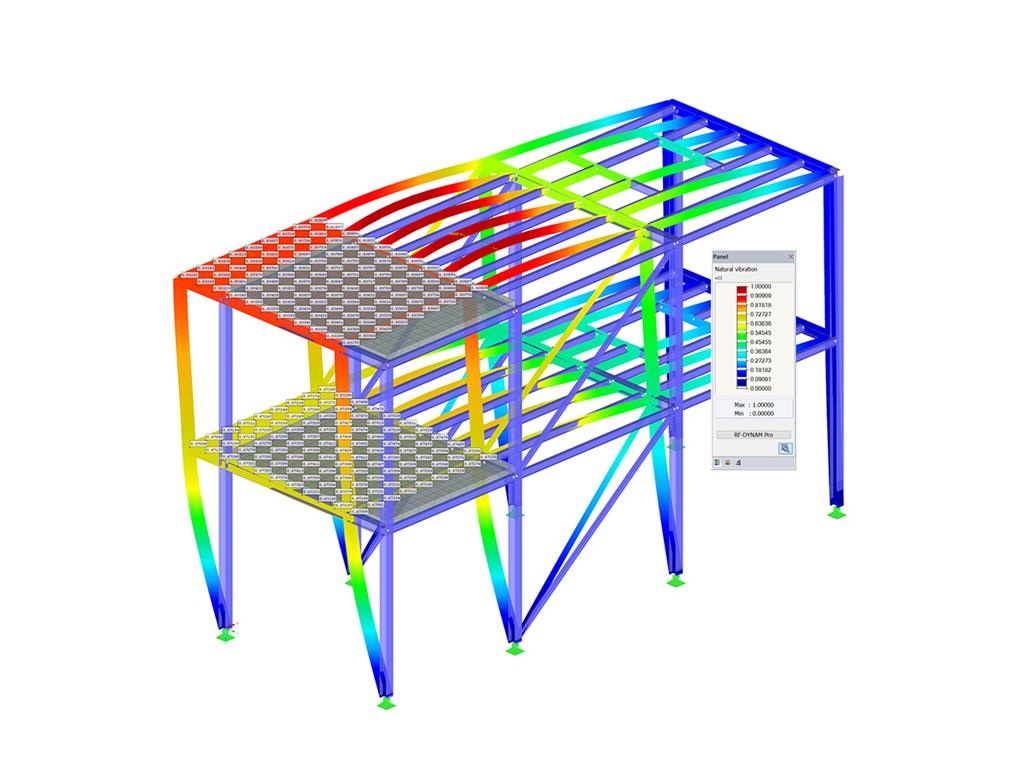





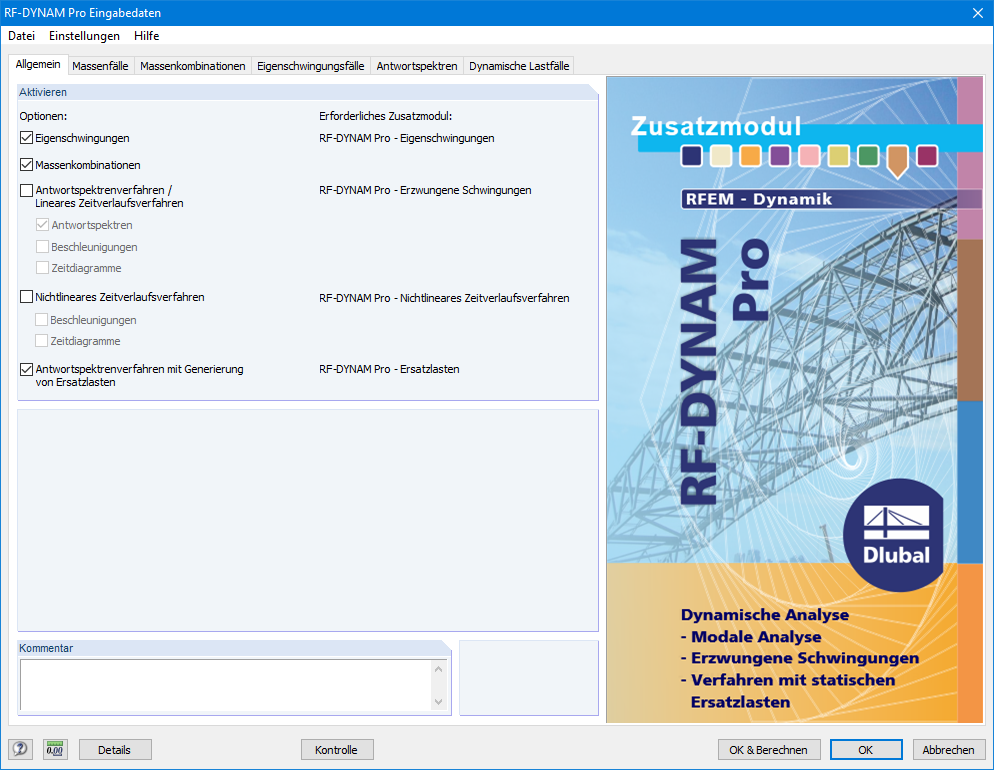
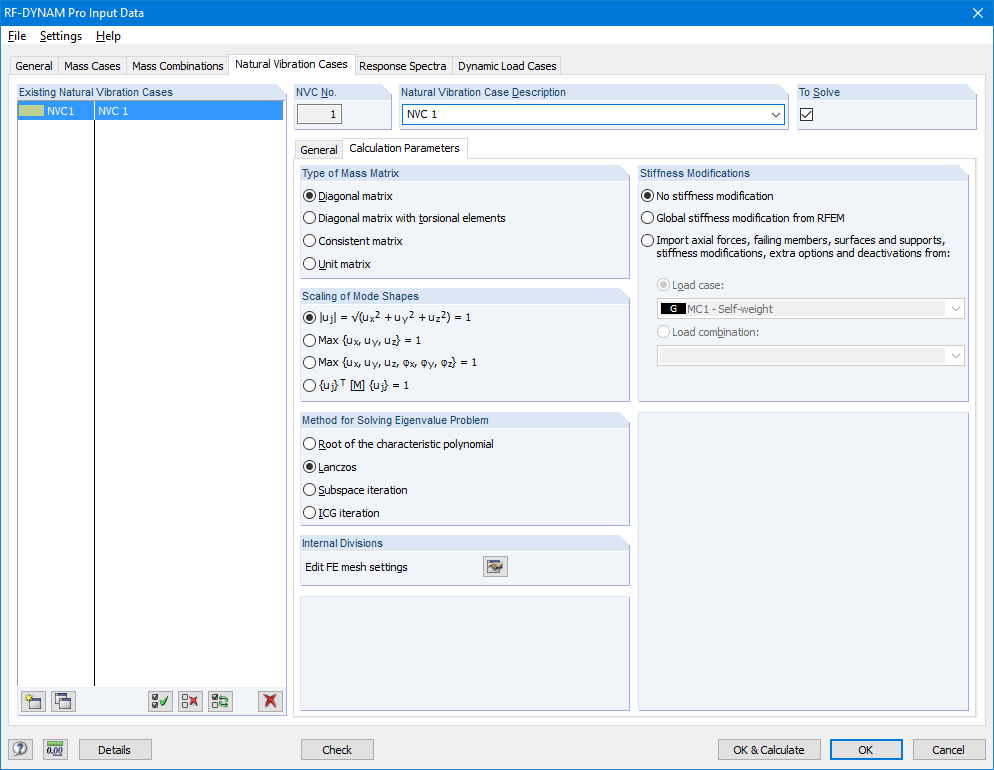
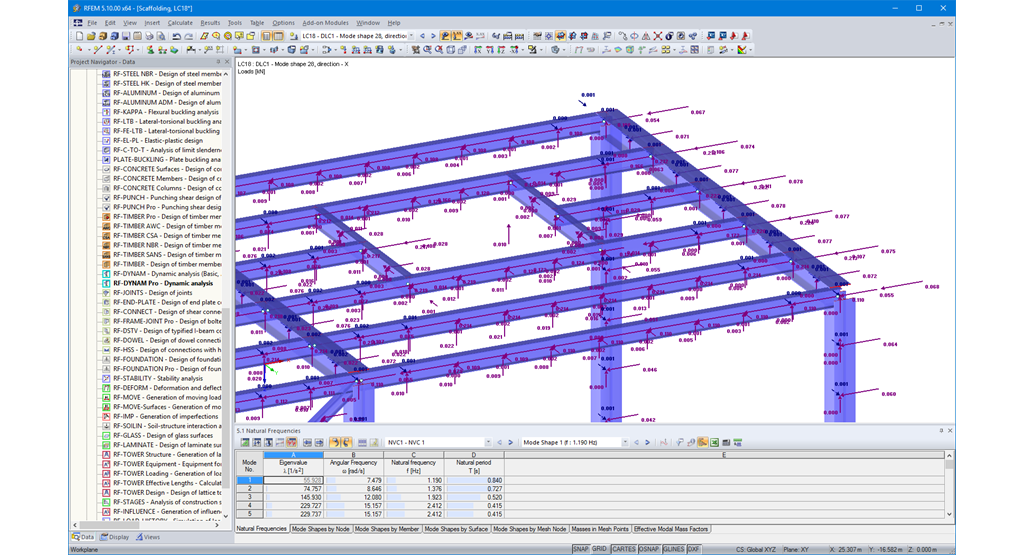
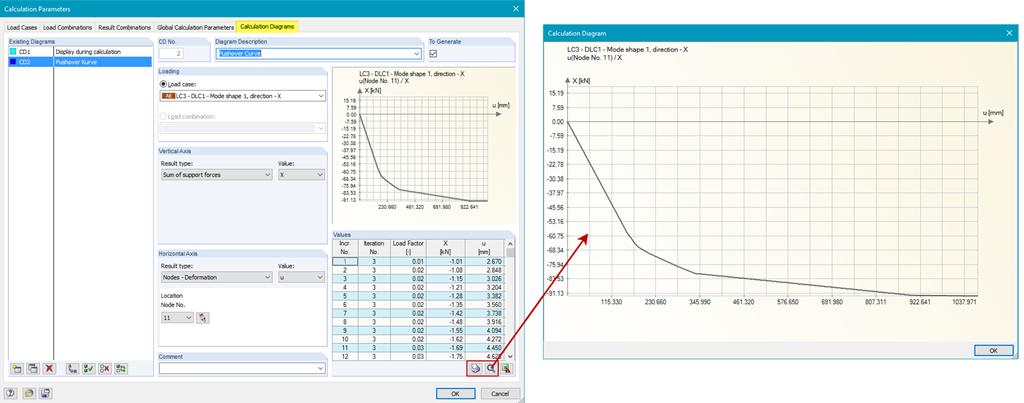
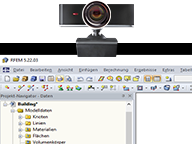
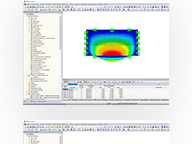
.png?mw=192&hash=f63e4a3f1836233005de32f60201d5392e507cf1)



